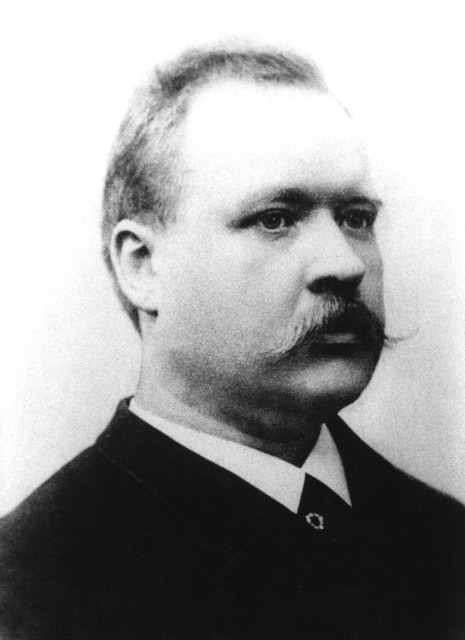Svante August Arrhenius
1859-1927

This Swedish physical chemist is best known for his theory of electrolytic dissociation in aqueous solution, first presented for his doctorate thesis at the University of Uppsala when he was 24. The idea that oppositely charged ions resulting from dissociation of molecules could be present in the same solution initially met a hostile reception, but with support from Ostwald, van't Hoff and others the theory was gradually accepted. He is also known for the Arrhenius Equation k = A exp -E/RT, which describes the effect of temperature on reaction rates. He was instrumental in establishing physical chemistry as a separate discipline. A man of eclectic scientific interests, he later published papers on immunology, cosmology and geology. He was awarded the 1903 Nobel Prize in Chemistry.
Sponsor: Kris A. Berglund
Location in chemistry building: First Floor; Room 138 South Wall; Sequence 6
Source: Chemical Heritage Foundation